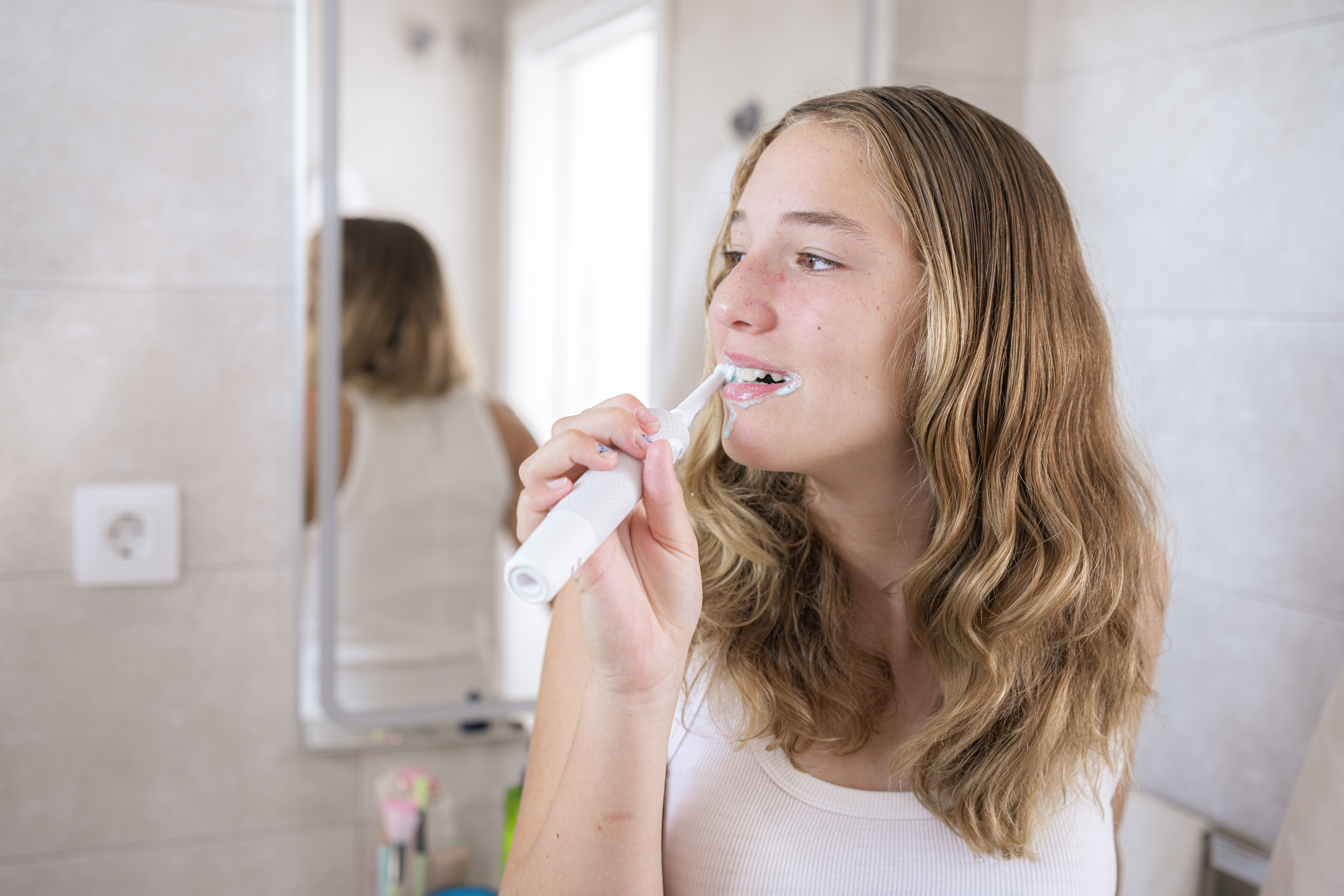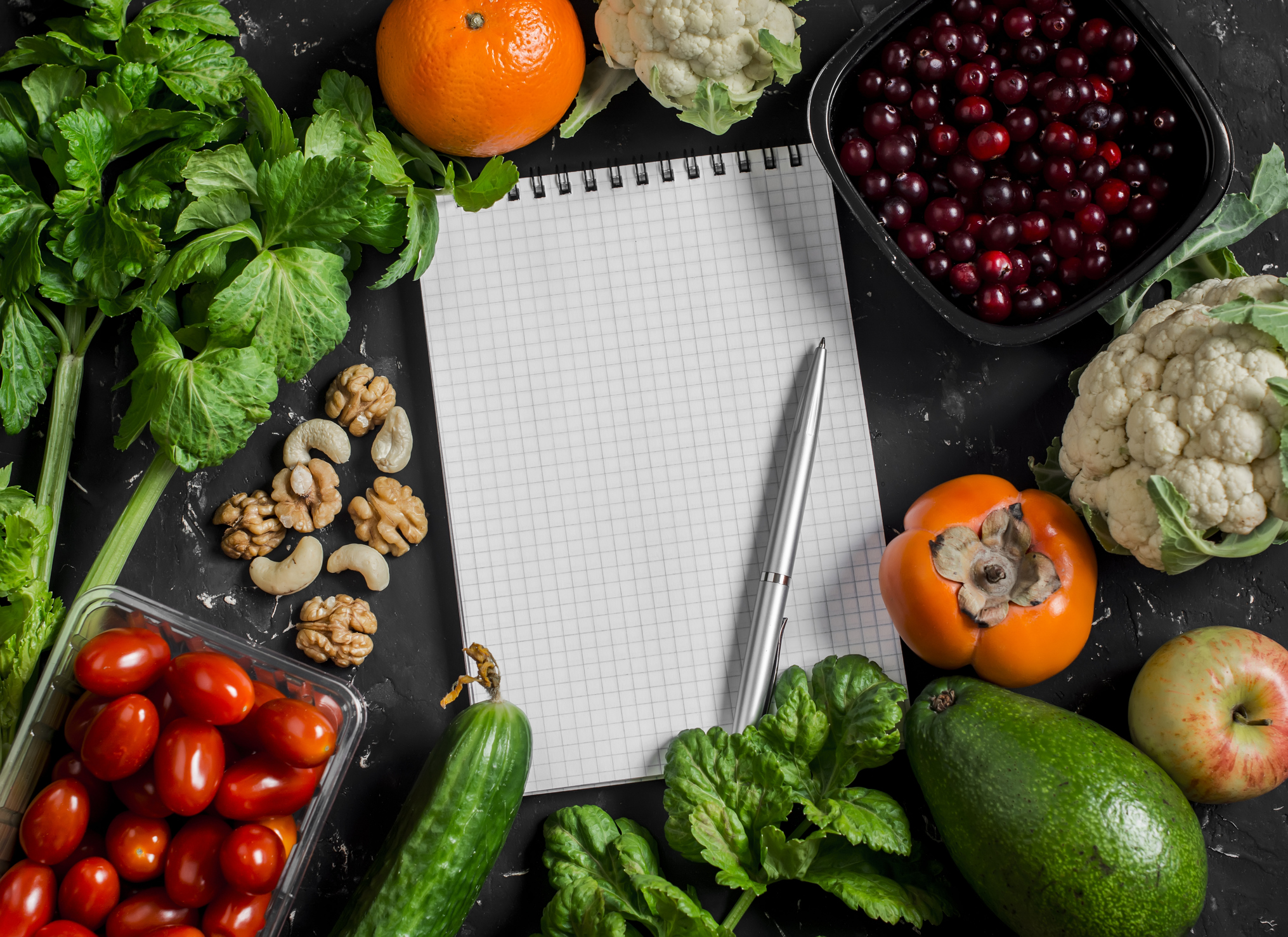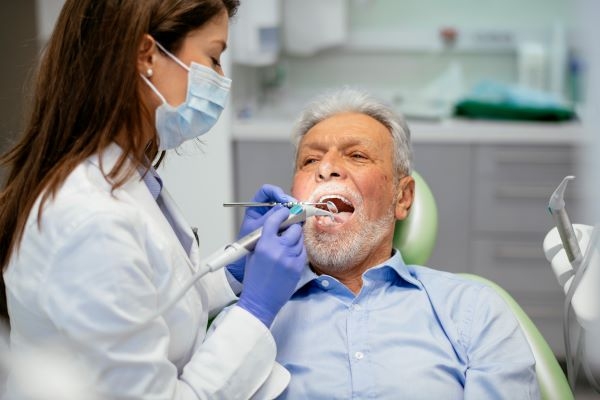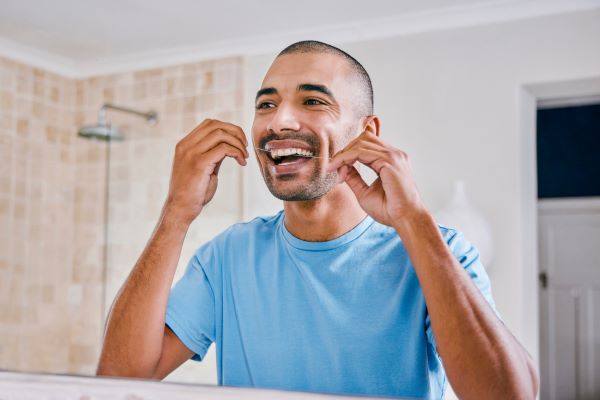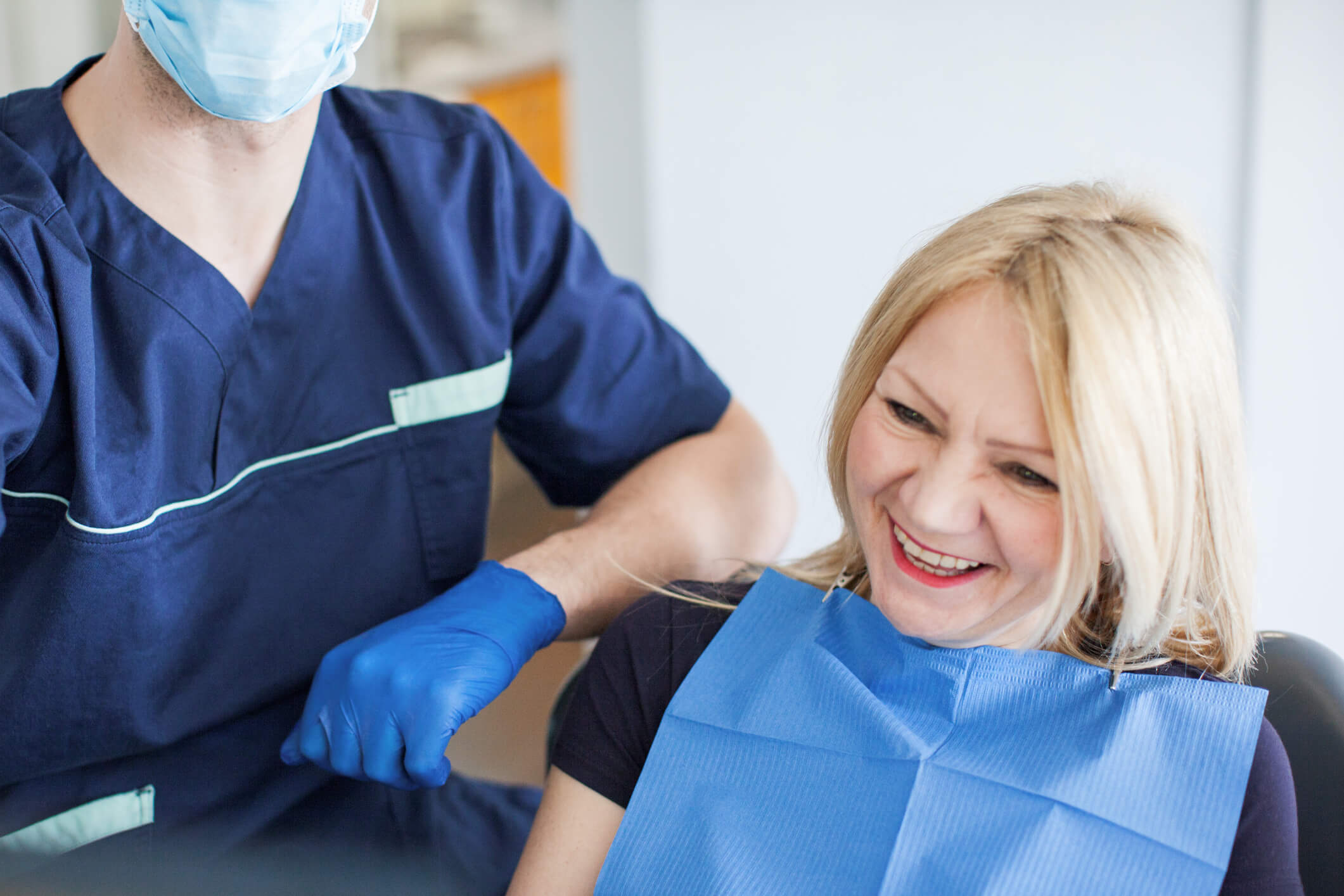-
Whether accidental or deliberate, unfortunately many of us have been sunburnt at some point in time.
The best treatment is prevention – remember to Slip, Slop, Slap, Seek and Slide to avoid excess sun exposure.
However, if you find your skin has received too much exposure to the sun’s UV rays at any time, there are ways to ease your discomfort and help limit the damage.
Act immediately
If you feel you have been exposed to the sun’s UV’s rays more than expected and may be at risk of sunburn, get out of the sun and start treatment immediately. Sunburn doesn’t appear on the skin immediately – it takes a few hours. A slight pink tinge could turn into a nasty red and blistering burn a few hours later, peaking the day after.
Cool the skin
Move into a cool area and place a cold, damp towel on your skin for 10 to 15 minutes. This will help take some heat out of the skin. You can also take frequent, cool baths or showers to help relieve the pain.
Sunburnt? Here’s what you should do
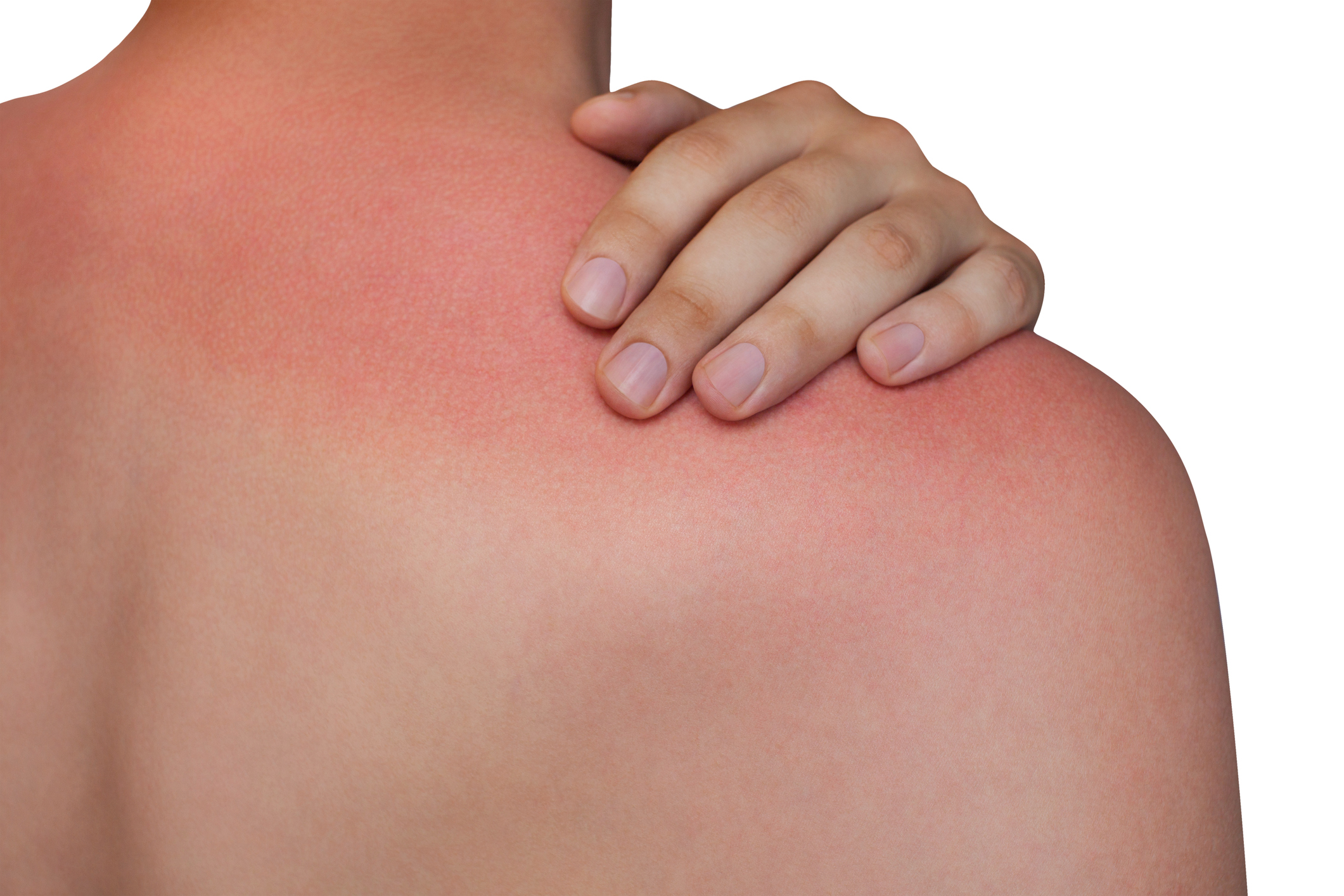
-
Moisturise
Your skin becomes dehydrated when it has been exposed to too much sun, so it is crucial you rehydrate it with a moisturiser. Moisturiser will help soothe the skin and make peeling and flaking less noticeable.
Hydrate
All burns draw fluid to the surface of the skin and away from the rest of the body.
For at least two days after a sunburn, drink extra fluids and watch for signs of dehydration: dry mouth, thirst, reduced urination, dizziness and sleepiness. Children are especially vulnerable, so seek medical advice if they appear unwell.
Let your skin repair itself
Never scratch, scrub, pick or peel your skin or break blisters. The skin of the blisters is protecting the underlying damaged skin, so do not pop them. Popping the blisters will mean that the skin dries out and can get infected, which can lead to other serious skin problems.
Seek medical advice
Most sunburns can be treated at home. However, if a blistering burn covers a large area, for example 20 per cent or more of your body, you should see your doctor. You should also see a doctor if you are experiencing headaches, nausea, vomiting, dizziness or severe pain.
What to do when your child is sunburnt
Although young skin heals faster than older skin, it is also less able to protect itself from injury, including sunburn. Unfortunately everyone makes mistakes, so if your baby or child’s skin is sunburnt, follow the advice on the Skin & Cancer Foundation’s website.
Sunburn is a warning
Sunburn may seem like a temporary condition, but it is not. Every sunburn causes irreparable damage to your skin, and this damage accumulates over time.
Exposure to UV radiation is also the single biggest culprit for skin ageing, causing wrinkles, sagging and brown spots. It dramatically increases the risk of skin cancers and melanoma. Research shows that five or more blistering sunburns throughout your life more than doubles your risk of melanoma.
Check the UV index every day
Exposure to ultraviolet radiation (UV) from the sun can damage your skin, even on cool, cloudy days when you think you’re safe. It has nothing to do with how hot it is. Check the UV Index every day, protect yourself from the sun and always wear sunscreen.
You can view the forecast UV Index each day on the Bureau of Meteorology website or by downloading the Sunsmart app.
MORE: How to get enough Vitamin D without risking skin cancer
Written by Associate Professor Chris Baker, Skin & Cancer Foundation Inc.
-
Do you need an electric toothbrush?
Which toothbrush scrubs up best?
-
Dietitian, nutritionist or naturopath: What’s the difference?
Who should you see for professional dietary advice?
-
5 ways to eat healthy while travelling
Come home feeling refreshed, fit and energised.
-
How often should you get your teeth cleaned?
We spoke to Medibank Members’ Choice Advantage dentist Dr Jonathan Cichero to find out.
-
Daily habits for good oral health
Do you really need to floss? Is an electric toothbrush better than a manual one? Find out which habits to make (and which ones to break) for better oral health.
-
How to conquer your fear of the dentist
Dr Merrilyn Hooley's tips for a less stressful dental appointment.
Subscribe to receive the best from Live Better every week. Healthy recipes, exercise tips and activities, offers and promotions – everything to help you eat, move and feel better.
By clicking sign up I understand and agree to Medibank's privacy policy

